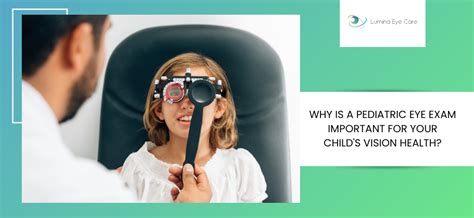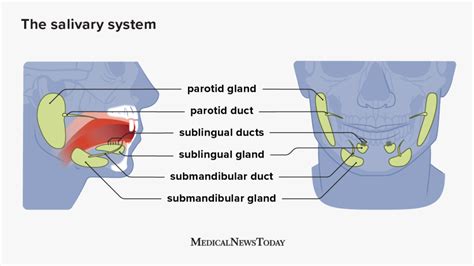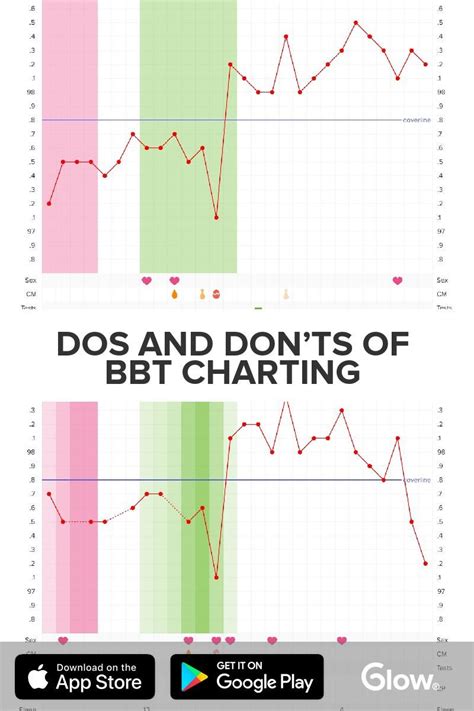As a parent, ensuring your child’s overall health and well-being is a top priority, and this includes their eye health. Pediatric eye exams are crucial for detecting any potential vision problems early on, which can significantly impact your child’s quality of life, academic performance, and even their self-esteem. Regular eye exams can help identify issues such as myopia (nearsightedness), hyperopia (farsightedness), astigmatism, and amblyopia (lazy eye), among others. Here are 10 pediatric eye exam tips to help you navigate the process and ensure your child receives the best possible care for their vision:
Schedule Regular Exams: The American Academy of Pediatrics (AAP) recommends that children should have their eyes checked by a pediatrician or an eye doctor at the following ages: newborn, 6 months, 1 year, 3 years, and 5 years. After the age of 5, children should have an eye exam every 1-2 years if no vision problems are detected. This proactive approach helps in the early detection and treatment of any potential eye problems.
Choose the Right Professional: You can take your child to either a pediatric ophthalmologist or an optometrist for an eye exam. A pediatric ophthalmologist is a medical doctor who specializes in eye and vision care for children, including surgery. An optometrist can perform routine eye exams, prescribe glasses, and in some cases, treat certain eye conditions. The choice between the two often depends on the complexity of the issue and whether surgical intervention might be necessary.
Prepare Your Child: For younger children, it’s essential to explain the process in simple terms that they can understand. Let them know it’s a quick and painless examination that will help ensure they can see well. For older children, you can provide more detailed information about what to expect during the exam, which might include a visual acuity test (reading letters off a chart), a cover test (to check how well their eyes work together), and possibly dilating their eyes to examine the retina.
Be Aware of Signs of Vision Problems: Even with regular exams, it’s crucial to watch for signs of potential vision issues between appointments. These can include squinting, rubbing their eyes frequently, difficulty reading or doing homework, avoiding close or distance work, tilting their head to see, or covering one eye to see better. If you notice any of these behaviors, schedule an exam sooner rather than later.
Understand the Exam Process: A comprehensive pediatric eye exam will assess various aspects of your child’s vision. This may include tests for visual acuity, color vision, depth perception, and the alignment of their eyes. The doctor will also examine the external and internal structures of the eyes for any abnormalities. Depending on the age of the child and the specific concerns, some tests may be more play-based, using toys or pictures to assess vision.
Dilation Might Be Necessary: For a thorough examination, especially in younger children or when certain conditions are suspected, the doctor may need to dilate the pupils. This involves using eye drops to widen the pupils, allowing the doctor to see the retina and the optic nerve more clearly. Although the drops can cause temporary blurred vision and sensitivity to light, they are a crucial diagnostic tool.
Follow the Doctor’s Recommendations: After the exam, follow any recommendations the doctor provides. This might include corrective eyewear (glasses or contacts), vision therapy, or in some cases, surgery. Compliance with the recommended treatment plan is crucial for correcting vision problems and preventing future complications.
Create a Comfortable Environment: For the exam to be successful, especially with younger or anxious children, it’s helpful to create a comfortable environment. This might mean scheduling the exam at a time when your child is most relaxed, bringing a favorite toy for comfort, or explaining the process in advance to reduce anxiety.
Ask Questions: Don’t hesitate to ask the doctor any questions you have about your child’s vision, the exam process, or any recommended treatments. Understanding your child’s vision health will help you make informed decisions and support their eye care needs better.
Monitor Progress: Finally, keep track of your child’s vision progress over time. If your child is prescribed glasses or contacts, ensure they wear them as directed. Attend follow-up appointments as recommended by the doctor to monitor the effectiveness of any treatments and to catch any new issues early.
By following these tips, you can help ensure your child receives the best possible eye care, setting them up for a lifetime of healthy vision and all the benefits that come with it. Remember, proactive care and early detection are key to addressing vision problems effectively and minimizing their impact on your child’s daily life.
How often should children have their eyes examined?
+Children should have their eyes checked by a pediatrician or an eye doctor at the ages of newborn, 6 months, 1 year, 3 years, and 5 years. After the age of 5, they should have an eye exam every 1-2 years if no vision problems are detected.
What is the difference between a pediatric ophthalmologist and an optometrist?
+A pediatric ophthalmologist is a medical doctor who specializes in eye and vision care for children, including surgery. An optometrist can perform routine eye exams, prescribe glasses, and in some cases, treat certain eye conditions but does not perform surgery.
How can I prepare my child for an eye exam?
+Explain the process in simple terms that they can understand, letting them know it’s a quick and painless examination that will help ensure they can see well. For older children, provide more detailed information about what to expect.



